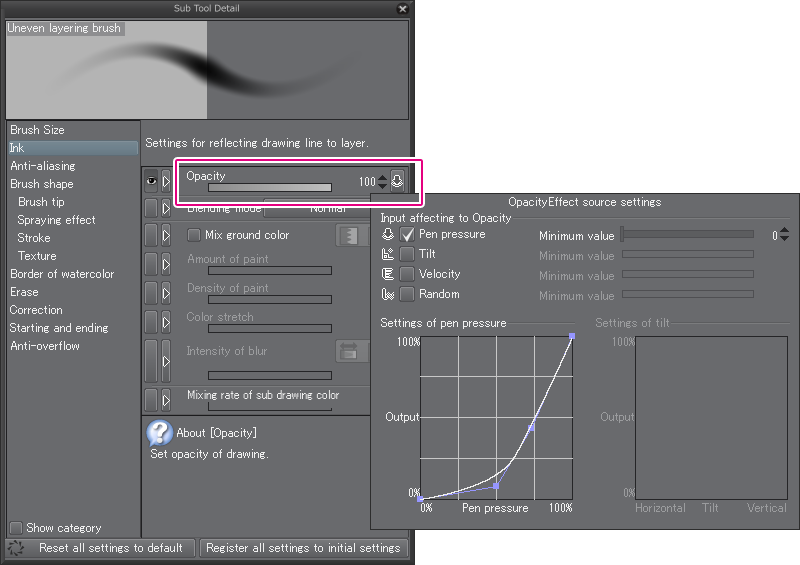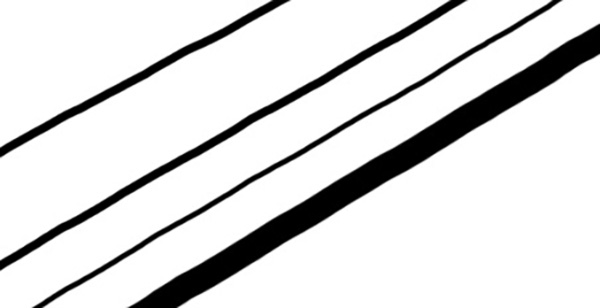

There are blue line pencils you can download from the web, or you can create your own brush, of course. That doesn’t matter for the final product - unless your Mike Kunkel c.2001 doing “Herobear and the Kid” - but it might be distracting to you if you’re particularly picky. Depending on your tool of choice for changing colors, you might also have an issue with picking a consistent blue color every time. The problem with this is that it’s an extra step every time you pick up the pencil tool. If you’re planning on inking in blue for some reason, don’t change your pencil lines to blue, too. For some, this is still bothersome, because the faded pencil lines are hardest to see as they’re inking.īut you can also change the color of the pencil tool you’re using to be a blue or red or any other color that you won’t confuse for the final ink line. In so doing, you’ll turn your artwork into a different color (various shades of gray) from the final ink line. You could just change the opacity of the art on your pencil layer.

Here are three ways to mimic the effect of a blue pencil line, from worst to best options: Change Your Pencil Color

The blue pencil continues to the digital world, if partially out of nostalgia.

This is a similar reason to why you might be asked to sign a legal document in black ink instead of blue ink. ( See more about using colored lines here.) You didn’t need to erase them after inking over them as they just wouldn’t show up in the final reproduction. Non-photo reproducible blue pencils were not picked up by the cameras that would create the images to be printed out. The traditional way of working around this is to pencil in blue or red. That’s because all the black lines are blending together. You mistook your pencil line for an ink line. If you’re going through a process of penciling and then inking your work, you might have come across the problem where you miss inking a spot.


 0 kommentar(er)
0 kommentar(er)
